Anna Hampton
Cost-efficient Active Illumination Camera For Hyper-spectral Reconstruction
Jun 27, 2024
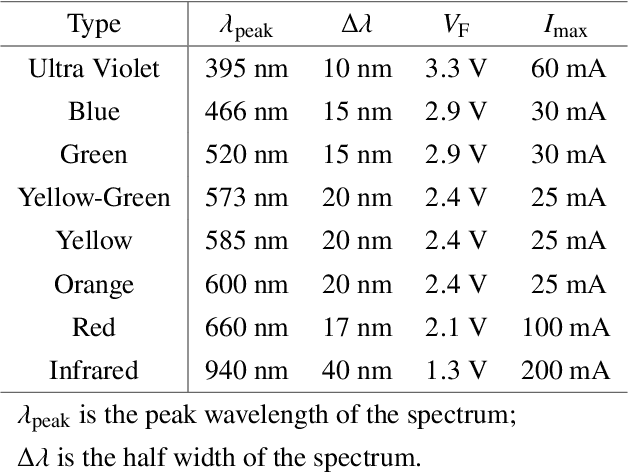
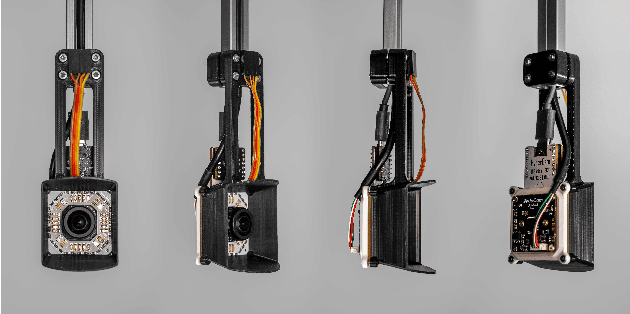
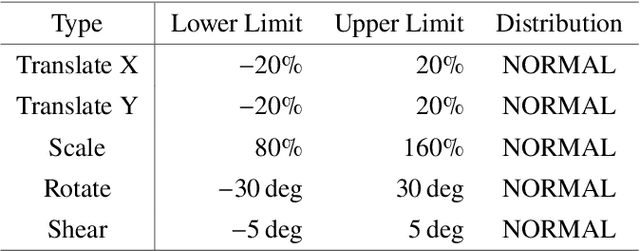
Abstract:Hyper-spectral imaging has recently gained increasing attention for use in different applications, including agricultural investigation, ground tracking, remote sensing and many other. However, the high cost, large physical size and complicated operation process stop hyperspectral cameras from being employed for various applications and research fields. In this paper, we introduce a cost-efficient, compact and easy to use active illumination camera that may benefit many applications. We developed a fully functional prototype of such camera. With the hope of helping with agricultural research, we tested our camera for plant root imaging. In addition, a U-Net model for spectral reconstruction was trained by using a reference hyperspectral camera's data as ground truth and our camera's data as input. We demonstrated our camera's ability to obtain additional information over a typical RGB camera. In addition, the ability to reconstruct hyperspectral data from multi-spectral input makes our device compatible to models and algorithms developed for hyperspectral applications with no modifications required.
The Weakly-Labeled Rand Index
Mar 09, 2021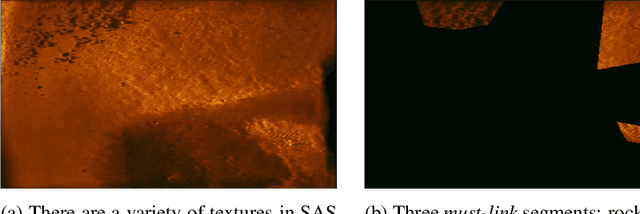
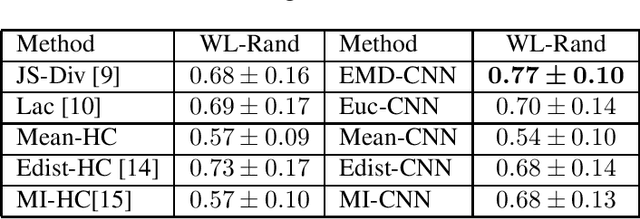

Abstract:Synthetic Aperture Sonar (SAS) surveys produce imagery with large regions of transition between seabed types. Due to these regions, it is difficult to label and segment the imagery and, furthermore, challenging to score the image segmentations appropriately. While there are many approaches to quantify performance in standard crisp segmentation schemes, drawing hard boundaries in remote sensing imagery where gradients and regions of uncertainty exist is inappropriate. These cases warrant weak labels and an associated appropriate scoring approach. In this paper, a labeling approach and associated modified version of the Rand index for weakly-labeled data is introduced to address these issues. Results are evaluated with the new index and compared to traditional segmentation evaluation methods. Experimental results on a SAS data set containing must-link and cannot-link labels show that our Weakly-Labeled Rand index scores segmentations appropriately in reference to qualitative performance and is more suitable than traditional quantitative metrics for scoring weakly-labeled data.
 Add to Chrome
Add to Chrome Add to Firefox
Add to Firefox Add to Edge
Add to Edge